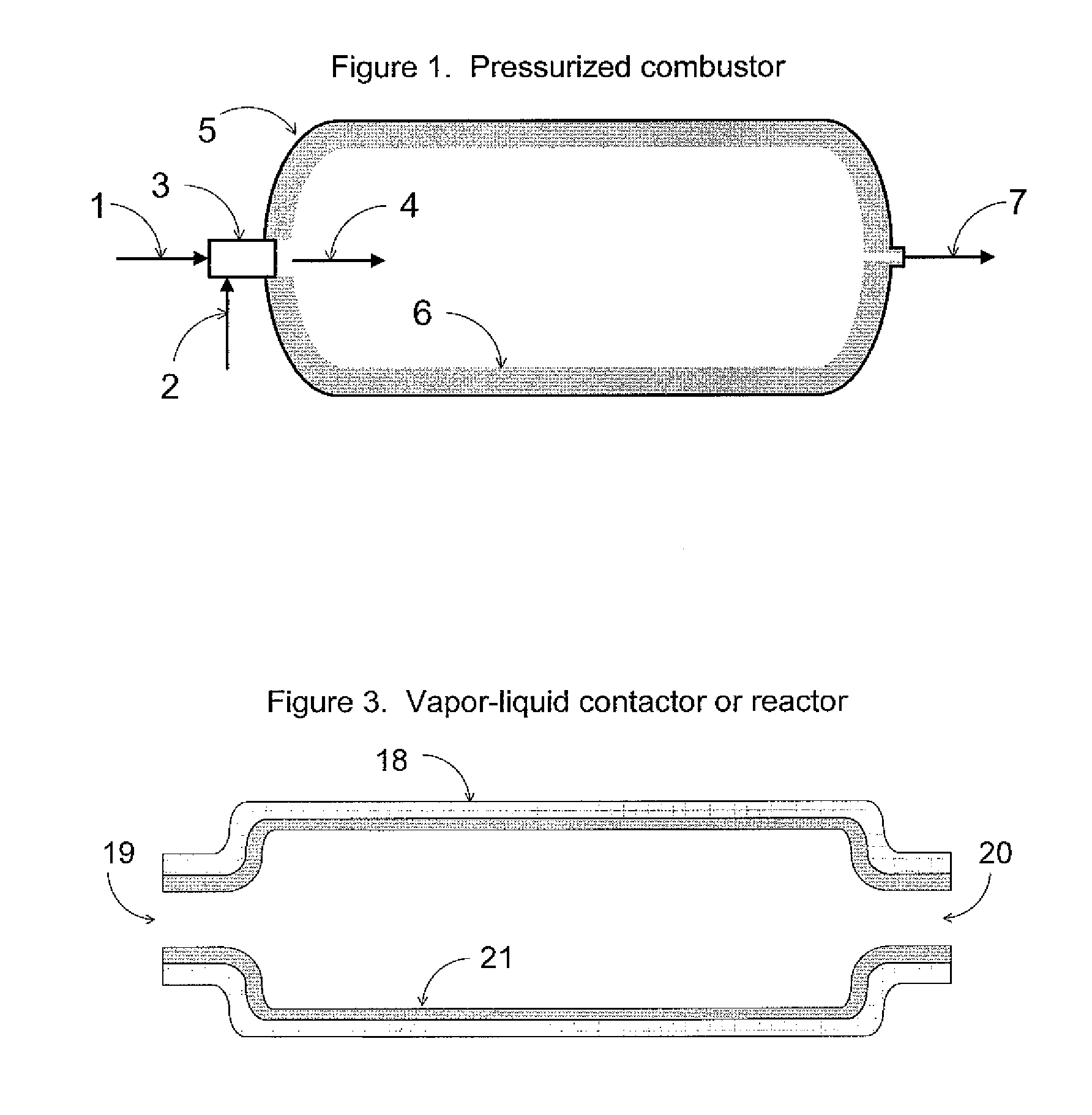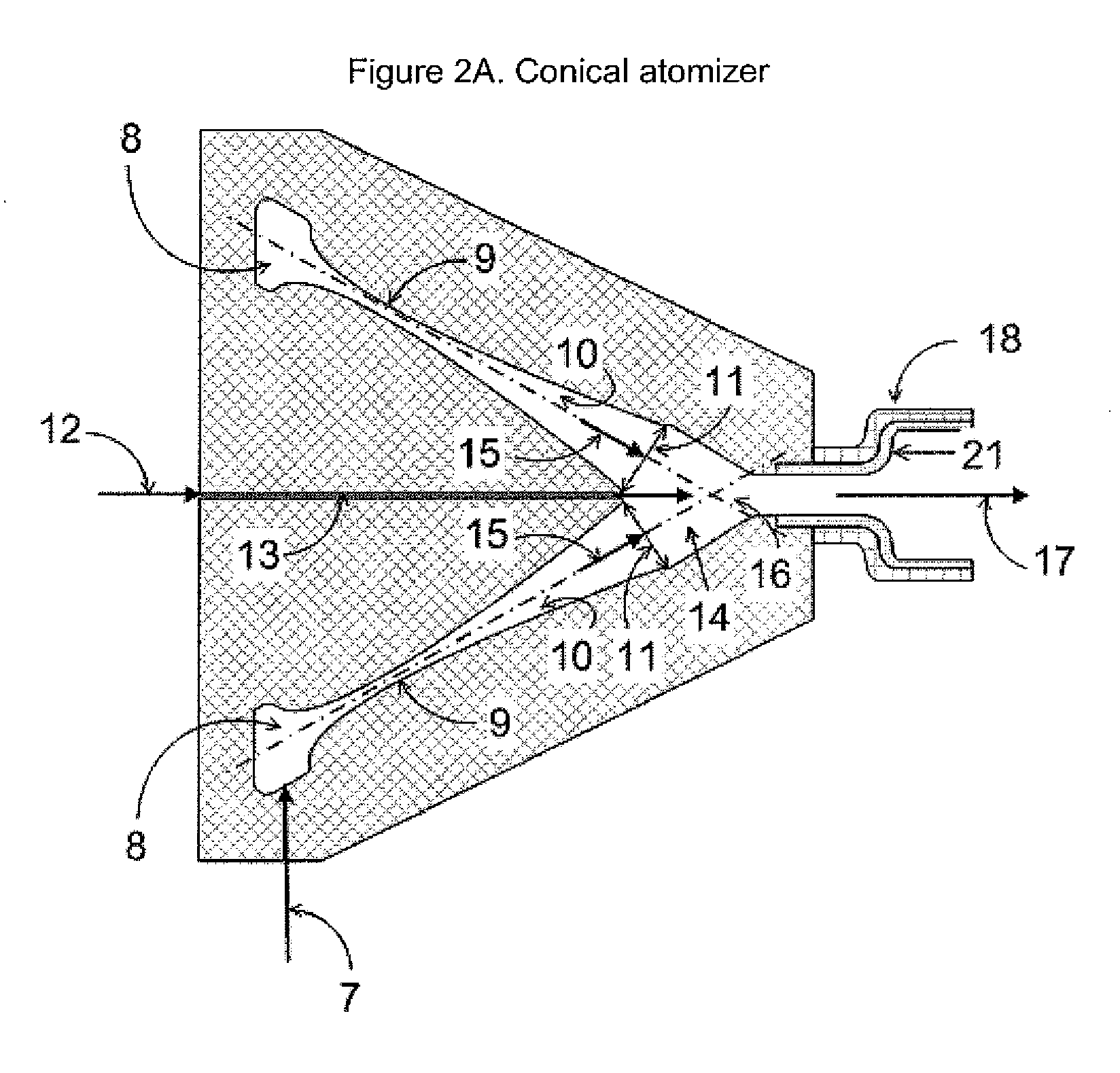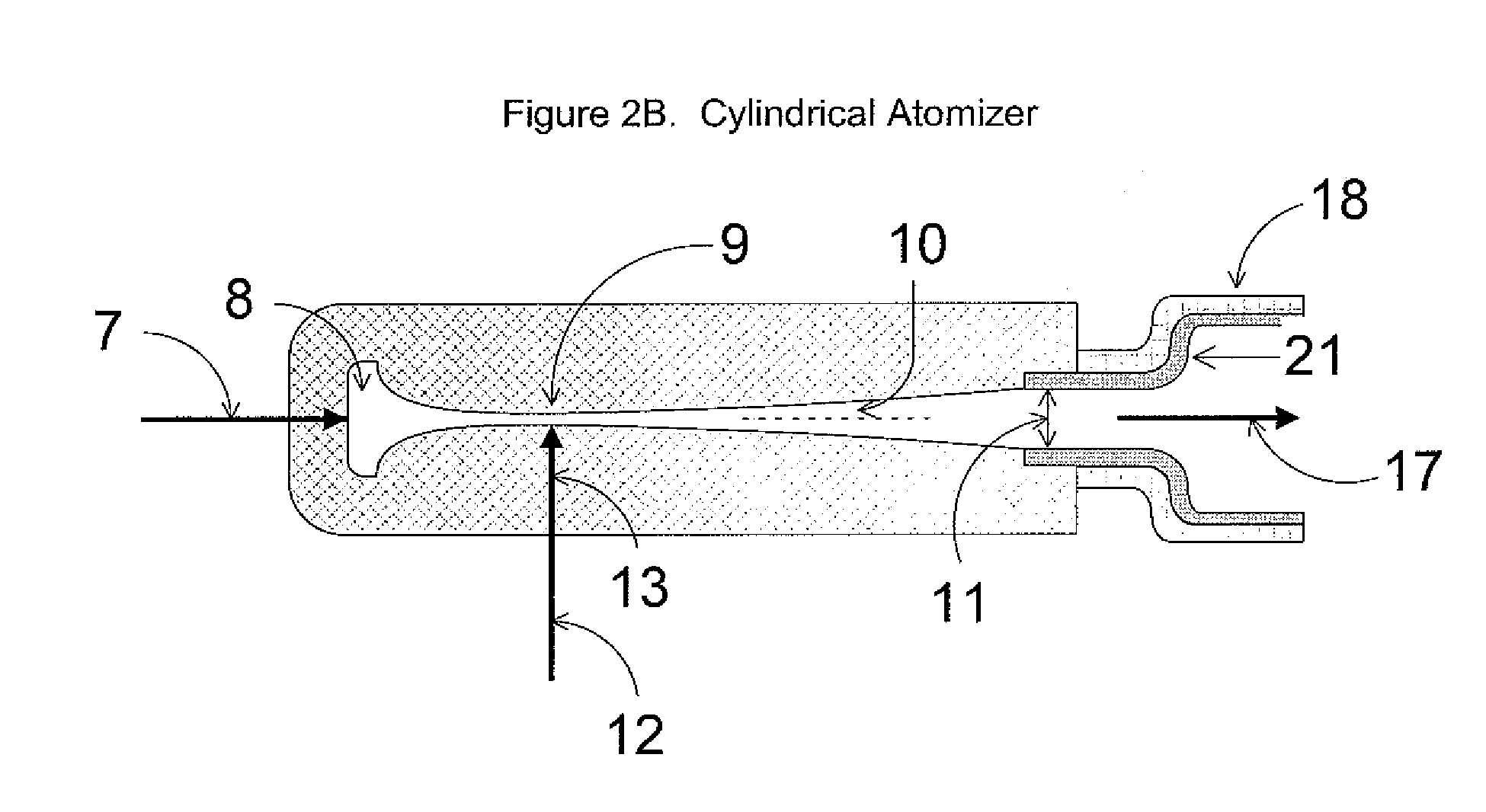Heavy oil cracking method
a heavy oil and cracking technology, applied in the petroleum industry, hydrocarbon oil treatment, hydrotreatment process, etc., can solve the problems of increasing the feed heating rate, reducing capital cost, and none of these processes fully meeting all these criteria, so as to improve the solubility of coke precursors, inhibit secondary cracking, and improve the control of reactor composition
- Summary
- Abstract
- Description
- Claims
- Application Information
AI Technical Summary
Benefits of technology
Problems solved by technology
Method used
Image
Examples
Embodiment Construction
[0030]The invention will now be described in more detail and with reference to the drawing figures.
[0031]The pressurized combustor on FIG. 1 mixes a fuel 1 with an oxidant 2 in a burner 3. The fuel may be any hydrocarbon and / or hydrogen. The fuel is preferably a H2 and CO synthesis gas that is produced by conventional gasification of the pitch by-product (see Stream 40 on FIG. 5). The oxidant 2 may be any mixture of air, O2, and steam. The burner 3 utilizes conventional ignition and flame monitoring methods to maintain a stable flame 4. The combustion reactions are substantially completed within a pressurized shell 5. The pressurized shell 5 may be advantageously fitted with internal insulation 6 to decrease heat loss and the pressurized combustor shell 5 temperature. The pressurized combustor product gas 7 would typically be in the 5 to 20 bar pressure range, 1400-1800° C. temperature range, and 0 to −5% excess O2.
[0032]Typical heavy oil atomizers are illustrated on FIGS. 2A and 2B...
PUM
 Login to View More
Login to View More Abstract
Description
Claims
Application Information
 Login to View More
Login to View More - R&D
- Intellectual Property
- Life Sciences
- Materials
- Tech Scout
- Unparalleled Data Quality
- Higher Quality Content
- 60% Fewer Hallucinations
Browse by: Latest US Patents, China's latest patents, Technical Efficacy Thesaurus, Application Domain, Technology Topic, Popular Technical Reports.
© 2025 PatSnap. All rights reserved.Legal|Privacy policy|Modern Slavery Act Transparency Statement|Sitemap|About US| Contact US: help@patsnap.com



